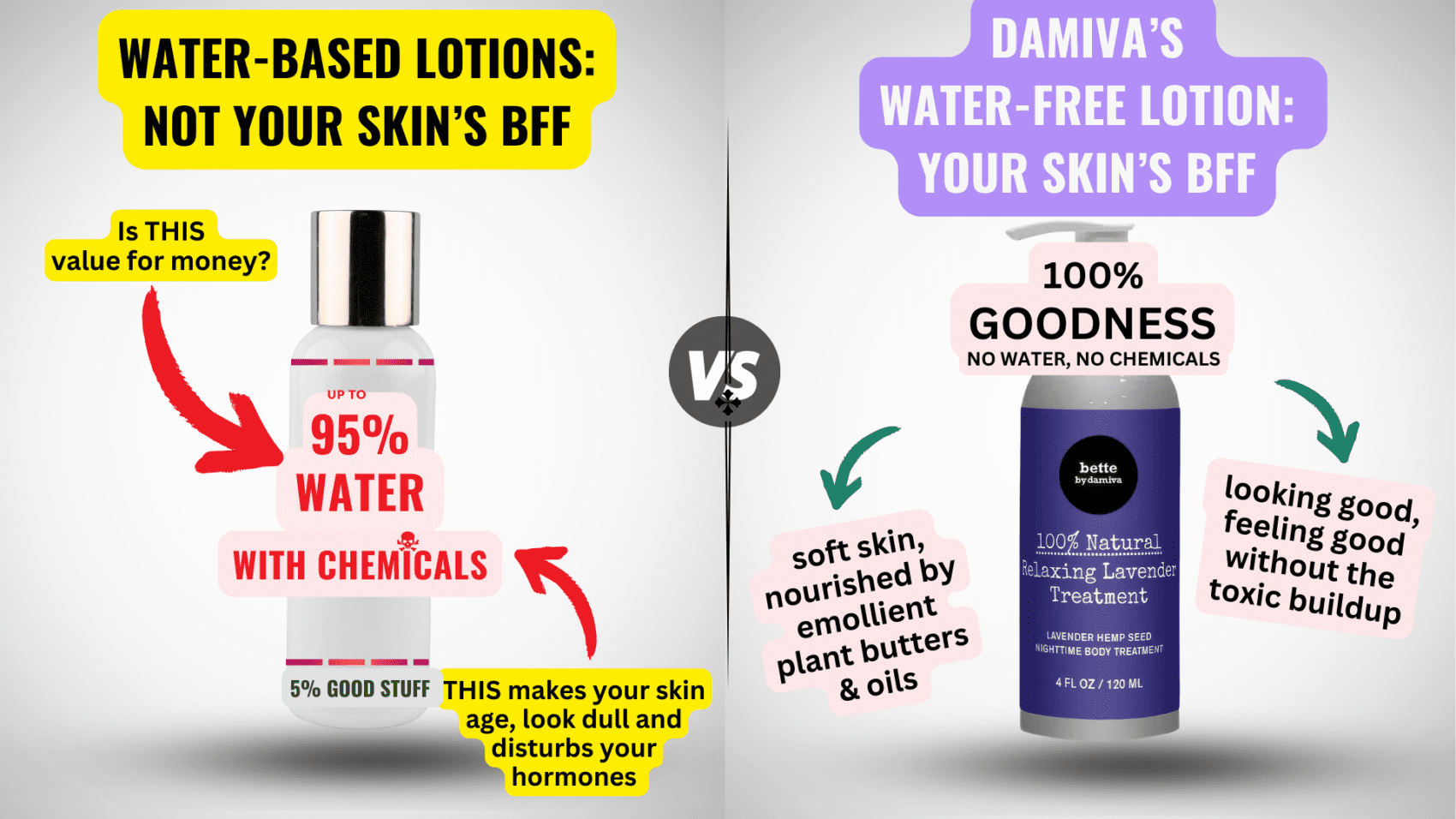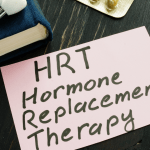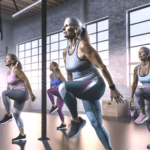The menopausal transition, often referred to as perimenopause, marks a significant period in a woman’s life where her body undergoes various hormonal changes. This phase signifies the end of reproductive years and is characterized by the decline in estrogen production. The average onset of menopause occurs around the age of 51, but the transition can begin several years prior, with symptoms such as irregular periods, hot flashes, and mood swings. It’s a natural biological process, yet it can present a myriad of challenges, particularly for those looking to adopt or maintain an active lifestyle through running.
Challenges and Considerations for New Runners
For postmenopausal women who are new to running, there are several challenges and considerations to keep in mind. The decrease in estrogen levels can lead to decreased bone density, making bones more susceptible to fractures. Muscle mass and strength also tend to decline, potentially affecting running performance and increasing injury risk. Additionally, cardiovascular changes may necessitate a more cautious approach to exercise intensity. It’s crucial for new runners to be aware of these physiological shifts and to approach their running journey with patience and care.
The Importance of Individualized Exercise Programs
Given the unique response of each woman’s body to menopause, it is essential to emphasize the importance of individualized exercise programs. A one-size-fits-all approach is less likely to be effective or safe. Factors such as pre-existing health conditions, fitness levels, and menopausal symptoms must be taken into account when designing a running program. Consulting with healthcare professionals, including gynecologists and exercise physiologists, can provide valuable insights into creating a tailored running regimen that aligns with individual health profiles and fitness goals.
By understanding the menopausal transition, acknowledging the challenges new runners may face, and recognizing the need for personalized exercise programs, postmenopausal women can safely embrace running as a means to enhance their overall health and wellbeing.

THEN IT CONTAINS TOXIC CHEMICALS. WHY RISK IT GETTING SICK? GO CHEMICAL FREE.
Health Benefits of Running for Postmenopausal Women
Bone Density and Osteoporosis Prevention
One of the most significant health benefits of running for postmenopausal women is the positive impact on bone density. The decline in estrogen levels during menopause can lead to a decrease in bone density, increasing the risk of osteoporosis. Weight-bearing exercises like running stimulate bone formation and help maintain bone mass. Regular running can therefore play a crucial role in osteoporosis prevention and overall skeletal health.
Muscle and Tendon Health
As women age, muscle mass and strength can decline, which is exacerbated by the hormonal changes of menopause. Running helps to counteract this by promoting muscle and tendon health. The repetitive impact of running encourages the body to reinforce these tissues, leading to improved muscle tone, strength, and endurance. This not only supports joint health but also enhances metabolic rate and can aid in maintaining a healthy weight.
Mood and Sleep Improvements
Menopause can often be accompanied by mood swings, depression, and sleep disturbances. Running is well-known for its ability to boost mood through the release of endorphins, the body’s natural feel-good hormones. Additionally, the physical exertion of running can lead to better sleep quality by helping women feel more tired at bedtime, facilitating a quicker sleep onset, and promoting a deeper sleep.
Cardiovascular Health and Weight Management
Postmenopausal women are at an increased risk for cardiovascular disease, partly due to the protective effects of estrogen being diminished. Running is an excellent cardiovascular exercise that helps to improve heart health by reducing blood pressure, lowering cholesterol levels, and improving circulation. Furthermore, running is an effective way to manage weight, as it burns calories and helps regulate appetite, which can be particularly beneficial for postmenopausal women who may struggle with weight gain due to hormonal changes.
In conclusion, starting a running program can offer numerous health benefits for postmenopausal women. It is a powerful tool for preserving bone density, maintaining muscle and tendon integrity, enhancing mood and sleep, and promoting cardiovascular health and weight management. However, it is essential to approach running with caution, starting slowly, and consulting with healthcare professionals to ensure a safe and effective exercise regimen.
By the way, something for you, a little gift!!!
I am just in the middle of publishing my book. It’s about How women can balance their hormones. One part is about food and diet, of course.
Follow this link and enter your email.
I will send you this part of the book for free once the book is published. It has many concrete, practical tips and recipes and will help you feel better during menopause or times of Big hormonal fluctuations.
Annette, Damiva Lead for Health & Wellness

Developing a Safe Running Program
Starting with Walking Endurance
For postmenopausal women looking to take up running, beginning with a walking program is a prudent first step. Walking is a low-impact activity that can help build endurance and prepare the body for the increased demands of running. Start with brisk walks, gradually increasing the duration and frequency. Aim for at least 150 minutes of moderate-intensity walking per week, as recommended by health guidelines. This approach allows for a gentle introduction to cardiovascular exercise, minimizing the risk of injury and allowing the body to adapt.
Transitioning to a Run-Walk Program
Once a base level of walking endurance is established, transitioning to a run-walk program can begin. This involves intervals of running interspersed with periods of walking, allowing for recovery and reducing the strain on the body. Start with short running intervals, perhaps 1 minute of running followed by 2 minutes of walking, and gradually increase the running time as comfort and endurance improve. This method helps build running stamina while respecting the body’s limits.
Pacing and Speed Considerations
It’s important to manage expectations regarding pace and speed. Postmenopausal women should focus on maintaining a comfortable pace where they can still hold a conversation, known as the “talk test.” This ensures that they are not overexerting themselves and reduces the risk of cardiovascular strain. Speed can be increased slowly over time, but the primary goal should be to run at a pace that feels sustainable and enjoyable.
Incorporating Rest and Recovery
Rest and recovery are crucial components of any running program, especially for postmenopausal women. Adequate rest days should be scheduled between running sessions to allow the body to recover. Additionally, incorporating activities such as stretching, yoga, or foam rolling can aid in muscle recovery and flexibility. Listening to the body and taking extra rest when needed is essential to prevent overtraining and injury.
By following these guidelines, postmenopausal women can safely enjoy the benefits of running, including improved bone density, cardiovascular health, and overall well-being. It’s always recommended to consult with a healthcare provider before starting any new exercise program.

Injury Prevention Strategies
Understanding the Impact of Estrogen on Recovery
Estrogen plays a significant role in the recovery process for athletes, including postmenopausal women who start running. This hormone is known to influence the repair and regeneration of muscle tissue, as well as impact inflammation and immune function. As women transition into menopause, the decline in estrogen levels can lead to slower recovery times and a potential increase in injury risk. It is crucial for postmenopausal runners to acknowledge this change and adjust their training and recovery strategies accordingly.
Adapting Training to Individual Recovery Rates
Given the variability in individual responses to decreased estrogen levels, postmenopausal runners should tailor their training programs to their unique recovery rates. This may involve incorporating more rest days, reducing the intensity or volume of workouts, and paying close attention to the body’s signals. Overtraining can exacerbate the slower recovery rates associated with postmenopause, so it is essential to find a balance that allows for adequate healing and adaptation.
The Role of Proper Running Form
Proper running form is vital for all athletes, but it becomes even more critical for postmenopausal women due to the increased risk of injury associated with changes in bone density and muscle mass. Emphasizing correct technique can help distribute impact forces more evenly across the body, reducing the strain on any single muscle group or joint. Postmenopausal runners should consider working with a running coach or physical therapist to ensure their form is helping, rather than hindering, their injury prevention efforts.
By understanding the impact of estrogen on recovery, adapting training to individual recovery rates, and focusing on proper running form, postmenopausal women can safely enjoy the benefits of starting a running program. These strategies not only help in preventing injuries but also contribute to a more enjoyable and sustainable running experience.
Do you know the three main ways that your body gets in touch with harmful chemicals with everyday products? Knowledge is Power!
The Ultimate Detox Guide will tell you how to lower your exposure to harmful chemicals!

Strength Training for Postmenopausal Runners
Benefits of Strength Training in Injury Prevention
Strength training is a critical component of a postmenopausal runner’s regimen, not only for maintaining muscle mass but also for preventing injuries. As estrogen levels decline during menopause, women may experience a decrease in muscle mass and bone density, increasing the risk of fractures and other injuries. Incorporating strength training can help counteract these effects by improving bone density, enhancing joint stability, and increasing overall muscle strength. These improvements can lead to a reduced risk of common running-related injuries such as stress fractures, tendonitis, and muscle strains.
Home-Based Strength Training Exercises
For postmenopausal runners, home-based strength training exercises can be both convenient and effective. Key exercises include:
- Squats: To build strength in the quadriceps, hamstrings, and glutes.
- Lunges: For targeting the hips, glutes, and thighs, enhancing stability.
- Push-ups: To strengthen the upper body and core.
- Planks: For core stabilization, which is crucial for running efficiency.
- Deadlifts: Using dumbbells or resistance bands to strengthen the back, glutes, and hamstrings.
These exercises can be performed with minimal equipment, such as resistance bands, dumbbells, or even body weight, making them accessible for most individuals.
Frequency and Intensity of Strength Workouts
The frequency and intensity of strength workouts for postmenopausal runners should be tailored to individual fitness levels and goals. A general recommendation is to engage in strength training exercises two to three times per week, allowing for adequate recovery between sessions. Each workout should include exercises that target all the major muscle groups, with an emphasis on those that support running mechanics. The intensity should be challenging yet manageable, with a focus on proper form to maximize benefits and minimize the risk of injury. Progression can be achieved by gradually increasing the weight, resistance, or number of repetitions over time.
Guidance from Health Professionals
Before starting any new exercise program, it is advisable for postmenopausal women to seek guidance from health professionals. This may include consulting with a physician to ensure the exercise program is safe based on individual health status, as well as working with a certified fitness trainer who can provide personalized recommendations and ensure proper technique. Health professionals can also offer advice on how to modify exercises to accommodate any existing health conditions or limitations, ensuring a safe and effective workout routine.
In conclusion, strength training is a valuable addition to a postmenopausal runner’s exercise regimen. It offers numerous benefits that can enhance running performance and reduce the risk of injury. By incorporating home-based exercises, maintaining an appropriate frequency and intensity, and seeking professional guidance, postmenopausal women can safely and effectively integrate strength training into their fitness routines.
Expert Advice and Support
Consulting with Physiotherapists
One of the first steps postmenopausal women can take when starting a running program is to consult with a physiotherapist. Physiotherapists can provide valuable assessments that identify any pre-existing conditions or areas of concern that may affect running, such as joint health or muscle imbalances. They can also offer advice on injury prevention and create a tailored warm-up and cool-down routine to support joint and muscle health. It’s essential for women to understand that their bodies may respond differently to exercise post-menopause, and a physiotherapist can help navigate these changes safely.
Tailoring Exercise Programs to Individual Needs
Every woman’s journey through menopause is unique, and so should be her running program. Tailoring an exercise program to individual needs is crucial for safety and effectiveness. Factors such as current fitness level, medical history, and personal goals should be considered. For instance, a woman with a history of osteoporosis may require a program with a focus on bone-strengthening activities, while another may need to emphasize cardiovascular health. Personalized programs help in addressing specific health concerns and in setting realistic and achievable fitness goals.
Utilizing Online Resources and Support
The internet is a treasure trove of resources for postmenopausal women looking to start running. From online forums where women share their experiences and advice, to virtual training programs designed specifically for postmenopausal women, the support available is vast. Additionally, many fitness apps now offer personalized coaching, which can be particularly beneficial for those who may not have easy access to a gym or a personal trainer. However, it is important to vet these resources for credibility and to ensure they align with any advice given by healthcare professionals.
Ultimately, the combination of professional guidance and personalized support empowers postmenopausal women to embark on their running journey with confidence. By consulting with physiotherapists, tailoring exercise programs to their individual needs, and utilizing online resources and support, they can navigate the challenges of starting a running program post-menopause and enjoy the myriad of health benefits that come with it.
Conclusion and Further Considerations
Summarizing Key Points for Safe Running
Throughout this article, we have explored the multifaceted aspects of running for postmenopausal women. It is clear that running can offer significant health benefits, including improvements in bone density, muscle and tendon health, mood and sleep, and cardiovascular health. However, it is equally important to approach running with caution and awareness of the unique challenges that postmenopausal women may face. Developing a safe running program is paramount, beginning with building walking endurance and progressing to a run-walk program. Attention to pacing, speed, and rest and recovery is essential to minimize injury risk.
Encouraging Lifelong Physical Activity
Encouraging a lifestyle that includes lifelong physical activity is crucial for maintaining health and well-being. For postmenopausal women, running can be a rewarding part of an active lifestyle if approached correctly. Incorporating strength training and flexibility exercises can further enhance running performance and reduce injury risk. It is important to foster a positive attitude towards physical activity, emphasizing the enjoyment and social aspects of running, which can lead to sustained engagement and improved quality of life.
Future Research and Resources
While the benefits of running for postmenopausal women are supported by current research, there is a need for future studies to delve deeper into the long-term effects of running on this demographic. Research should continue to investigate the optimal intensity and frequency of running programs, as well as the role of running in managing menopause-related symptoms. Postmenopausal women should be encouraged to seek out resources such as physiotherapists, exercise programs tailored to individual needs, and online support communities to aid in their running journey. By staying informed and connected, women can navigate the challenges of running post-menopause with confidence and safety.
“`


















